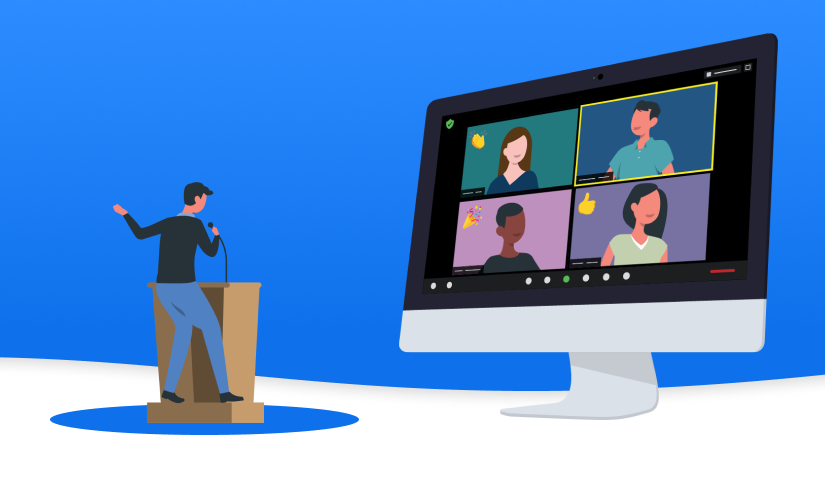
The ultimate guide to contact center AI: Five steps to greatness
Get our practical guide for successfully implementing contact center AI without losing the human touch.
Updated on March 27, 2023
Published on March 24, 2021


Event planners had to rapidly learn how to transition from in-person to virtual event experiences in 2020. But what can we expect for the event industry in 2021 and beyond? With restrictions on travel and large gatherings, many organizers are sticking with a virtual or hybrid format for now or planning to incorporate virtual components in the future.
The good news: event planners have more resources this time around to help them create an amazing digital experience that rivals an in-person one. With planning, preparation, and a good dose of creativity, you can design an experience that stretches the limits of what any of us imagined virtual events could look like a year or two ago.
We’ve put together an Ultimate Guide to Planning and Hosting Virtual Events on Zoom that covers everything you need to know to host successful and meaningful online events. Find some highlights below and access the full guide for handy checklists, step-by-step instructions, and more!
Should you host your event on Zoom Meetings or Zoom Webinars? The answer depends on several factors — the size of your audience, the level of interaction you want, and how well you know your attendees. Our guide breaks down the best use cases for each solution and gives you helpful tips for choosing the best one for your event. Plus, we share some favorite app integrations to help you run your event more efficiently.
Design your event with opportunities to interact and reduce attendee drop-off. Here are a few tips from our guide:
A lot goes into planning a seamless virtual event, from coordinating content to enabling the right settings for your webinar. We’ve got checklists for your production, technical, and presentation teams to make sure everyone knows what they need to do before the big day.
Set up an event website or landing page that has everything your audience needs to know — date, time, speaker info, session details, registration information, and answers to frequently asked questions. Then spread the word about your event through email, blog articles, social media, and media outreach. Don’t forget to ask your partners, sponsors, and speakers to share with their networks as well.
Schedule a time for your speakers and production team to go through our dry-run checklist and address any technical or content issues beforehand.
When you’re ready to go live, have our event guide handy so you know what last-minute items need to be taken care of. Test mics and cameras, open the session early so attendees can join, and check the recording and live-stream settings to make sure they’re working properly.
The actions you take post-event are almost as important as the event itself. Capture feedback with an event survey, analyze reports, make recorded content available, and follow up on marketing leads. You should also sit down with your team to debrief, evaluate your event goals, and make plans for improvement.
Find in-depth information on each of the sections above in our guide, including how to use some of our most popular event features like Polling, Breakout Rooms, and live streaming.